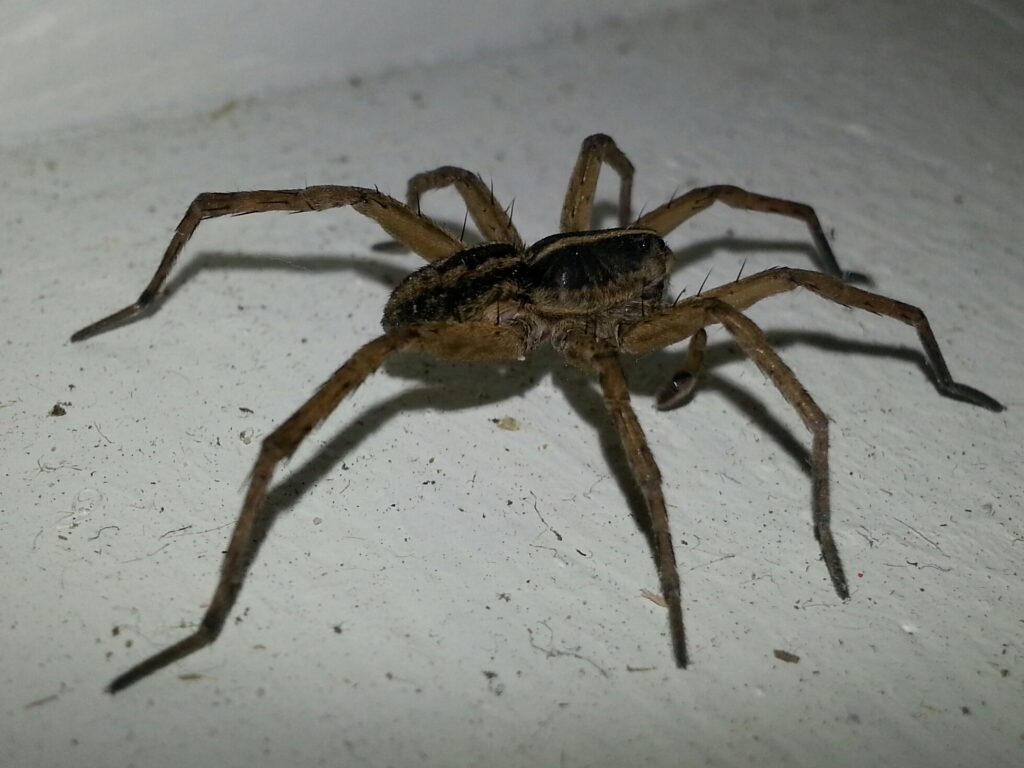 Carpenter ants use their strong front jaws to chew tunnels through wood to make their nests. In the wild, this helps the decaying stumps of fallen trees to break down more quickly. Therefore, as long as carpenter ants stay outside where they belong, they are actually beneficial. However, if they start building their tunnels in the wood of your home, it can cause extensive property damage. Prompt carpenter ant removal can avoid expensive repairs later.
Nevertheless, it is vastly preferable to prevent carpenter ants from getting into your home in the first place, which is easier if you understand their habits. Carpenter ants may be more active looking for a new place to build a nest in the fall.
Carpenter ants use their strong front jaws to chew tunnels through wood to make their nests. In the wild, this helps the decaying stumps of fallen trees to break down more quickly. Therefore, as long as carpenter ants stay outside where they belong, they are actually beneficial. However, if they start building their tunnels in the wood of your home, it can cause extensive property damage. Prompt carpenter ant removal can avoid expensive repairs later.
Nevertheless, it is vastly preferable to prevent carpenter ants from getting into your home in the first place, which is easier if you understand their habits. Carpenter ants may be more active looking for a new place to build a nest in the fall.
Why Are Carpenter Ants More Active in the Fall?
While carpenter ants are active in the summer, the hot temperatures can be hard on them. Carpenter ants prefer cool temperatures, so as the weather outside becomes chillier with the approach of autumn, they become more active. In some areas, fall also sees more precipitation, and carpenter ants prefer damp weather as well. In many cases, when carpenter ants are active in the fall, they are looking for a place to shelter from winter weather and start building a new nest. They prefer to tunnel through wood that is soft and easy to chew through. Wood that is mouldy, rotted, or damp serves their purposes well. When carpenter ants live outside, they go dormant during the colder months. However, if they build a nest inside a home where the temperature remains warm through the winter, they remain active all season. This being the case, they need easy access to food and water, and a human habitation can provide that as well. Because the ants remain active, they can stay hard at work building their nest all winter long, and that means more potential damage to your home.What Can You Do To Prevent Carpenter Ant Infestation?
As the seasons start to shift from summer to fall, you should check around your home for entry points by which ants could get in. Pay attention to the following areas:- Holes in weather-stripping
- Gaps around wires and pipes
- Gaps around window frames and door frames
- Cracks in the foundation

